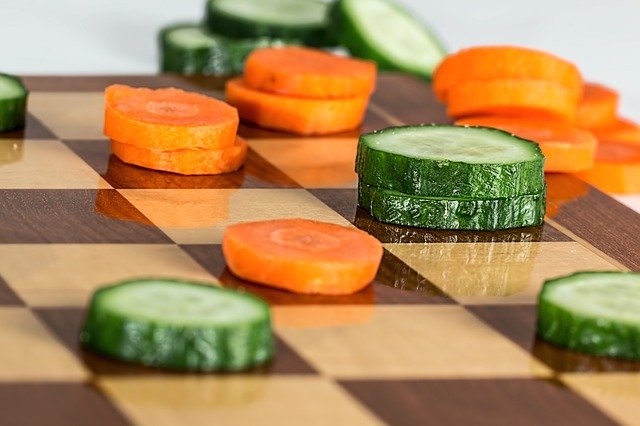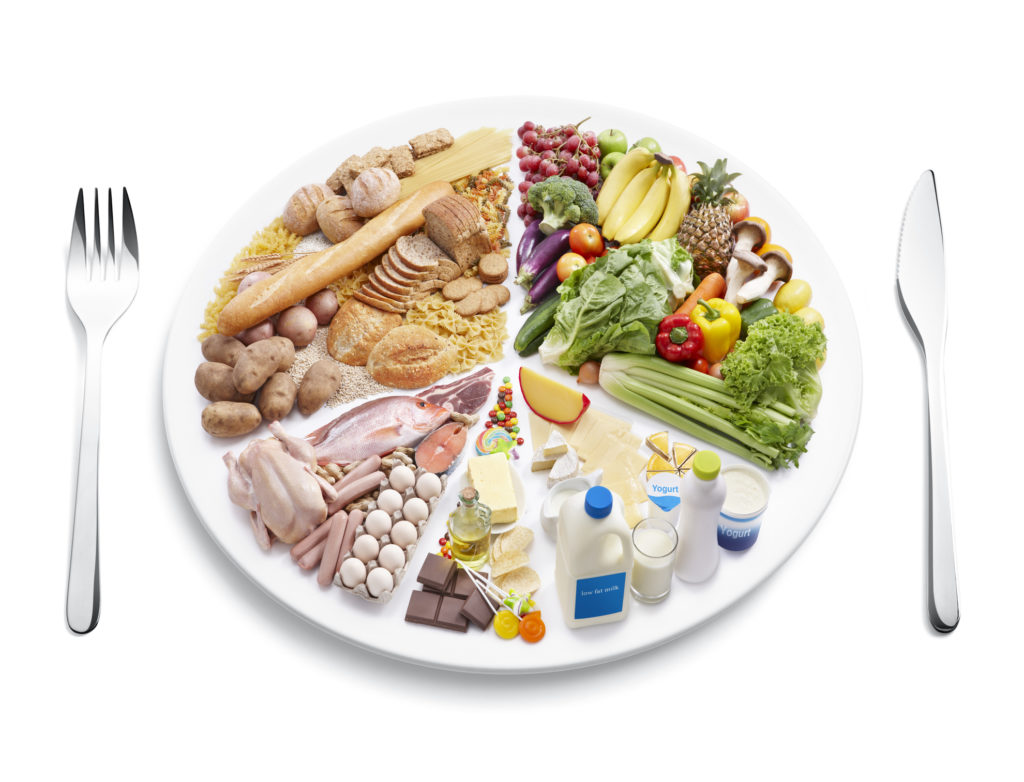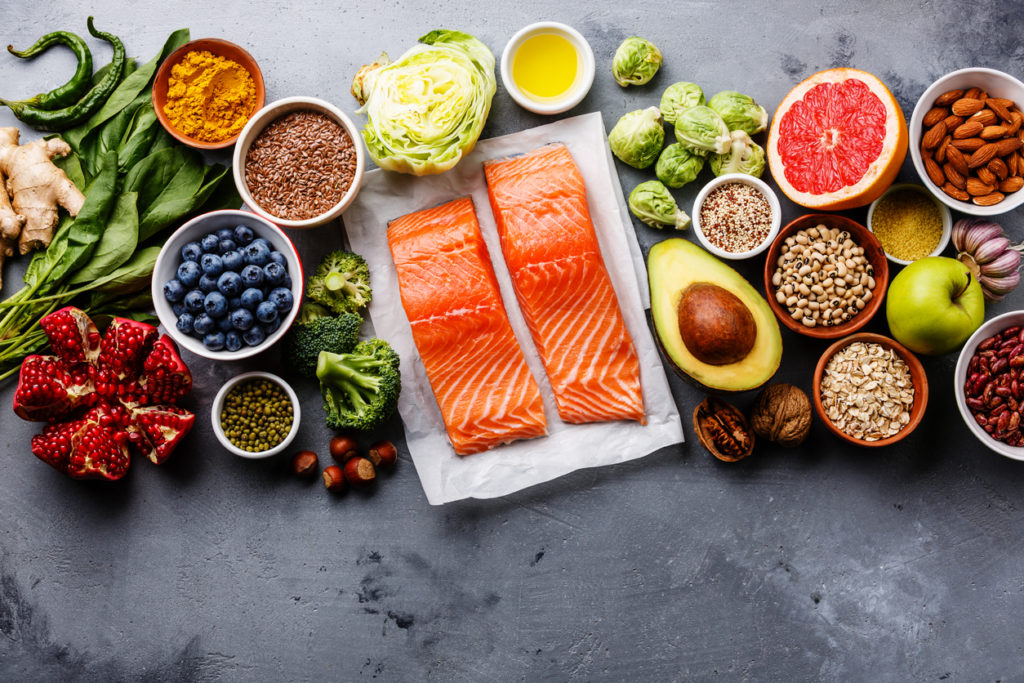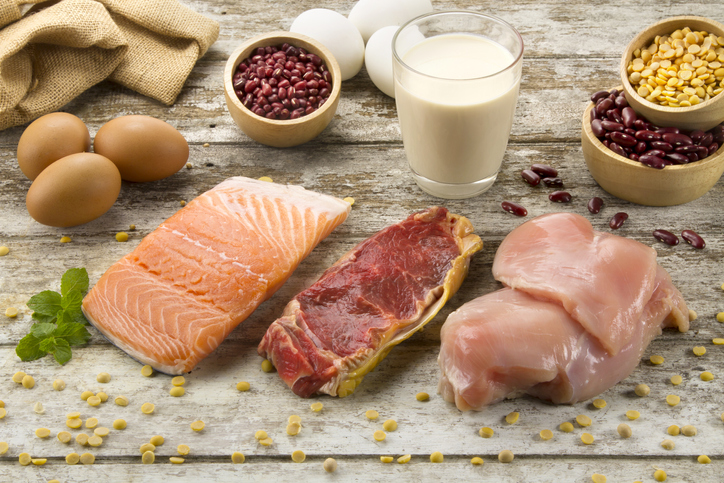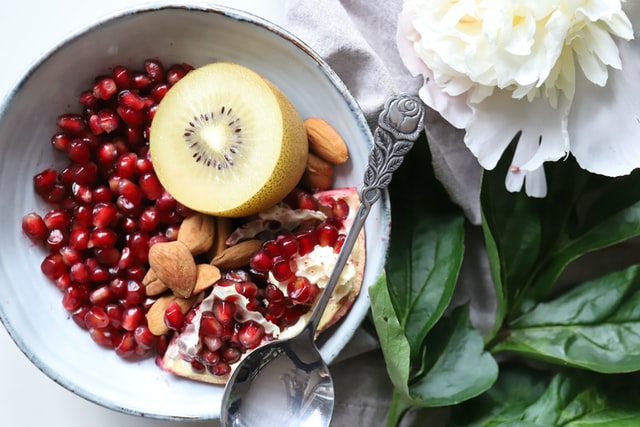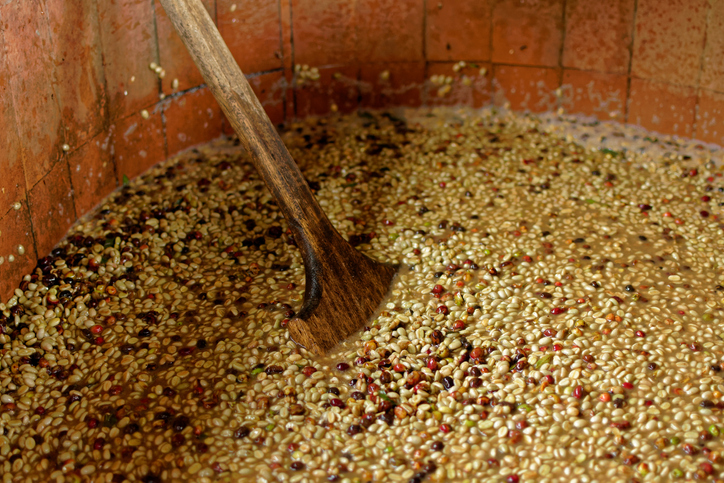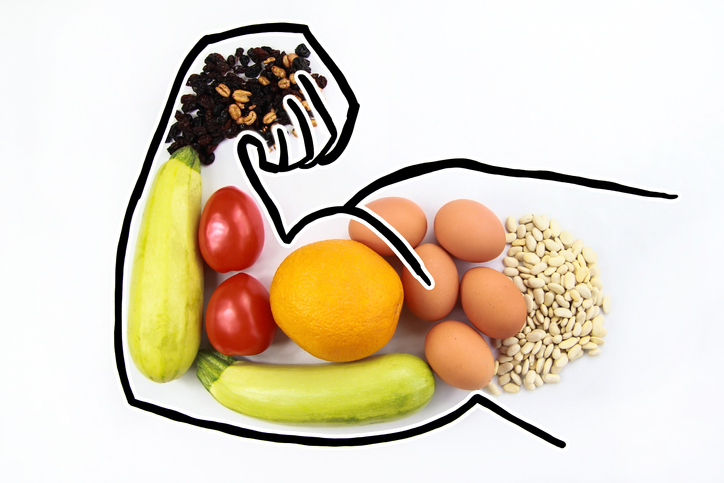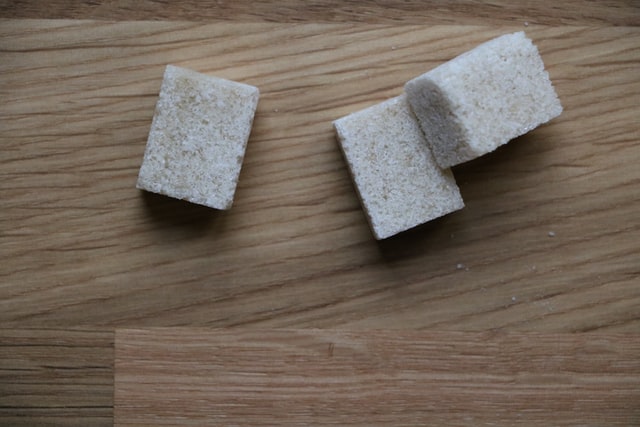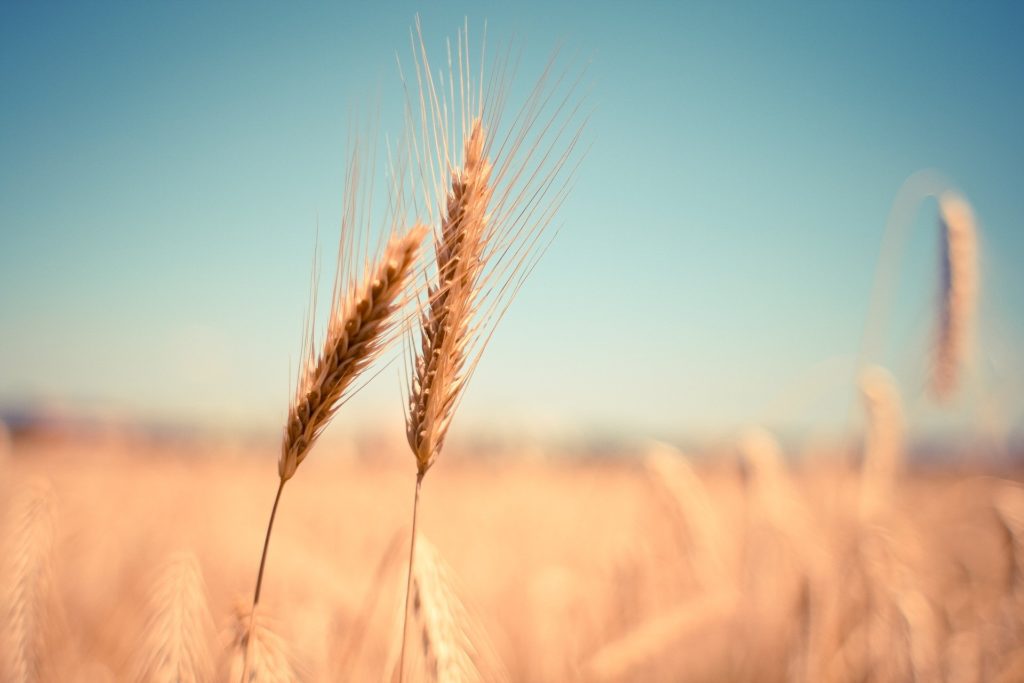At every meal, it is necessary to benefit from food rich in acids and alkalis. Moreover, the body needs an acid-base balance in part to make it more functional and stable. However, some foods are acidifying and others alkalizing. To find out much more about these foods, here is a list of acidifying and alkalinising foods and the information about them.
The main role of acidifying and alkalinising foods in the body
The foods that are absorbed into the body play an important role. They form acids and bases in the blood and in the extracellular fluid. As the name suggests, acid-forming foods produce more acids. Once these are metabolised, they form strong acids, such as hydrochloric acid.
In contrast, alkalising or alkalinising foods produce more bases. But apart from that, there are also neutral foods, which help to balance the acid-base balance in the body. Scientific research has shown that a strongly alkalinising and acidifying diet will reduce the risk of bone, kidney, muscle and cardiovascular problems, especially for older people.
The parameters to identify alkalizing and acidifying food
An acidifying and alkalinising food is known first of all by the level and quality of the minerals it contains. It is also recognised by the amount of bicarbonates and citrates. The content of amino acids and proteins also characterises an alkalising and acidifying food.
Acidifying foods are characterised by the following minerals: sodium, potassium, magnesium and calcium. These minerals can form phosphoric, sulphuric and hydrochloric acid. Alkalinising foods are presented by calcium, sodium and magnesium.
The PRAL, an index for identifying acidifying and alkalinising foods
The PRAL or Potential Renal Acid Load is an index that consists of knowing the alkalinity and acidity of foods. It allows us to know their basic or acidic consequences on the body. It is therefore possible to calculate the alkalifying and acidifying power of all foods thanks to this PRAL.
In fact, it is the minerals present in each foodstuff that ultimately determine its specific characteristics. For example, foods enriched with protein are acidifying, while those rich in calcium are alkalizing.
List of acidifying and alkalinising foods
Acidifying and alkalinising foods are classified according to their acid and base content. Foracidicfruits, the alkalinising ones are: pineapple, lemon, clementine, pomegranate, redcurrant, mandarin and grapefruit while orange is the acidifying one.
For dried fruits, alkalizing minerals can be found in: ripe banana, fig, pear, apple and grape. But apricots and prunes contain acidifying minerals.
For semi-acidic fruits, the alkalinising ones are: cherries, strawberries, peaches, pears, apples, tomatoes and grapes. While the acidifying ones are only apricots and plums.
But neutral fruits contain only alkalizing minerals, they are melons and watermelons.
And the oil fruits rich in alkalising minerals are only dried almonds. But the leftovers, i. e. pistachios, hazelnuts and dry walnuts, are enriched with acidifying minerals.
Finally, for sweet fruits, they contain only alkalizing minerals. These are bananas, figs, sweet grapes, sweet apples and dates.
On the vegetable side, foods containing low starches and rich in alkalines are aubergine, broccoli, cardoon, mushroom, chicory, cabbage, chives, cauliflower, cucumber, gherkin, squash, cress, endive, spinach, green beans, lettuce, lamb's lettuce, leek, sweet pepper, pumpkin, radish, rhubarb and escarole. On the other hand, asparagus, sorrel, leek and rhubarb are rich in acids.
Medium starchy vegetables that are rich in alkaline include beetroot, celeriac, carrots, shallots, turnips, parsley, fresh peas, dandelion, rutabaga and salsify. But those that are acidifying are artichokes, Brussels sprouts and onions.
There are also vegetables with concentrated starch and enriched with alkalising minerals such as chestnuts, potatoes and Jerusalem artichokes. But the alkalizing and fat-rich vegetables are avocados and olives. And the acidifying food with carbohydrates is honey.
As far as compromise foods are concerned, the alkalinising dry vegetables are soybeans, while the acidifying ones are beans, dried beans, dried lentils and split peas. Foods rich in fat and alkalising minerals are human milk. On the other hand, fatty and acid-rich foods are butter, fresh cream and cow's milk.
Concerning Cereals and acidifying derivatives, there are oats, white flour, wholemeal wheat, corn and oat flour, cornstarch, white bread, wholemeal bread, pasta, potatoes, wholemeal rice, buckwheat, wholemeal rye and semolina. Only wholemeal barley is alkalinising.
Dry milk quail, white cheese and skimmed yoghurt are rich in lean protein and acidifying minerals. On the other hand, gruyere, emmental, goat's cheese, tales and Sts paulins are enriched in fatty proteins and alkalizing minerals. It should also be noted that egg yolks contain acidic minerals and egg whites are made up of alkaline minerals.
Apart from this, there are stilldegenerating foods such as veal and beef, beef hearts, brains, shellfish, fish and poultry. They are all made up of acidic minerals.
There are also other types of foods not yet mentioned. They are rich in acid-forming minerals. These include alcohol, cocoa, condiments, spices, sugar and pastries.

